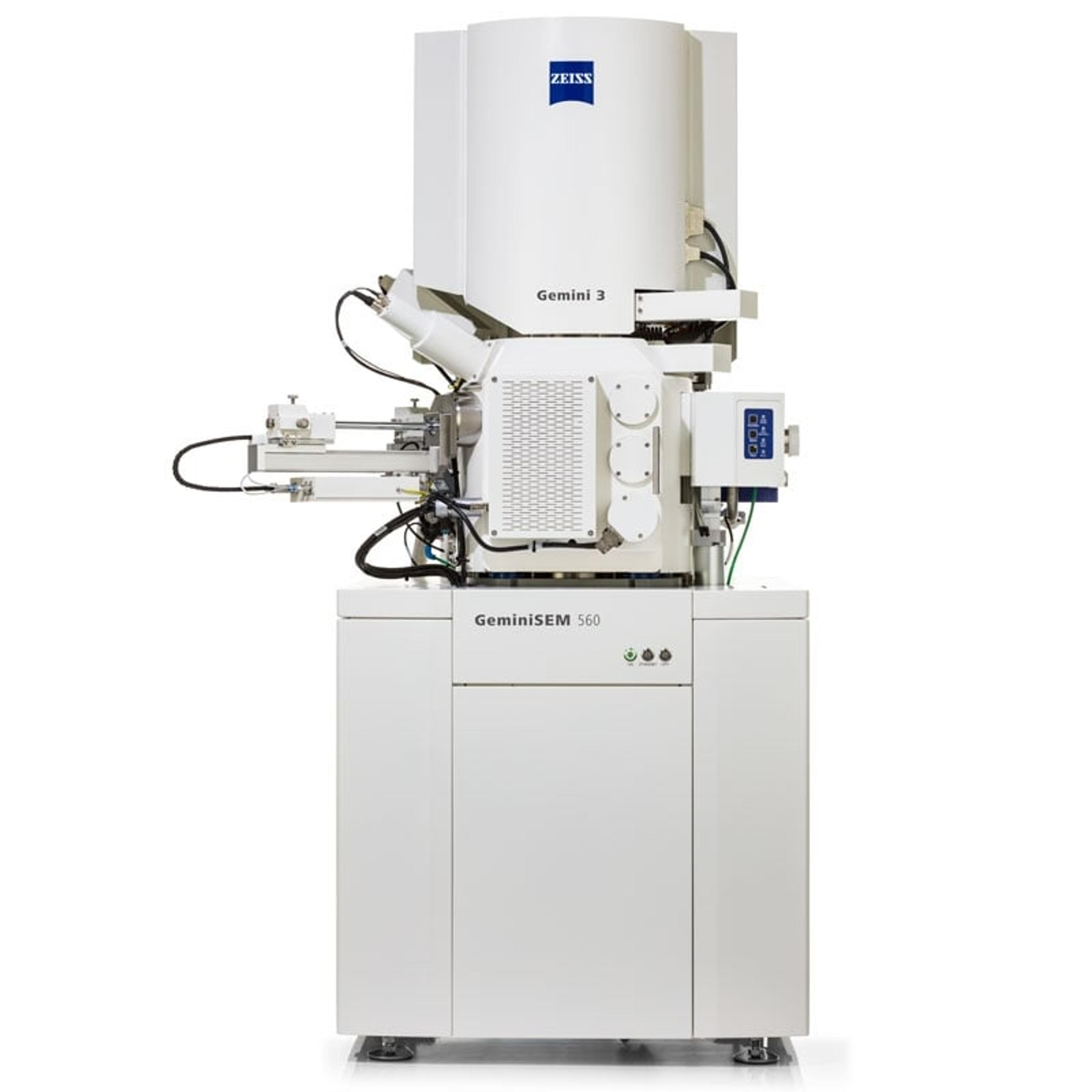Secondary ion mass spectroscopy workshop: Sensitive compositional analysis at the micro- and nanoscale
Watch this webinar to gain insight into SIMS technology and discover an innovative solution offering the world record in SIMS lateral resolution
10 Dec 2019

When it comes to elemental analysis of low concentrations or light elements, secondary ion mass spectroscopy (SIMS) is the technique of choice for materials characterization. SIMS not only allows the detection of element traces down to the parts per million (ppm) level, it also enables the detection of all elements of the periodic table, isotopes, and small ion clusters.
In a workshop presented by Dr. Fabián Pérez Willard and Douglas Runt and now available on demand, gain insight into SIMS and discover the new ZEISS SIMS portfolio, including cost-efficient add-ons for ZEISS FIB-SEMs as well as an innovative solution that offers the current world record in SIMS lateral resolution.
Read on for highlights from the Q&A session or register to watch the full webinar on demand.
Watch NowQ: How does SIMS as an add-on to a FIB-SEM or HIM compare to dedicated SIMS instrumentation?
DR: If you have high mass requirements or high mass resolution requirements, a dedicated SIMS instrument is the best choice, hands down. However, when we introduce a Crossbeam TOF-SIMS combination, or the Orion NanoFab Lions combination, you enable a correlative workflow that includes high lateral SEM or FIB imaging and high spatial resolution SIMS analysis. This allows you to e.g. study the morphology of grain boundaries with highest spatial resolution and combine with SIMS elemental analysis, to find migration patterns or map concentration distributions.
Q: How fast can you acquire these elemental maps?
FP: If we think about the example I showed at the beginning of the presentation, the alloy sample had a field of view of 100 microns by 100 microns. The time the experiment takes depends on the FIB current being used. In a crossbeam instrument, you can go up to very high FIB currents. At 300 picoamps, that would be a moderate current,
such an experiment takes about 10 minutes. Within this time, with ToF-SIMS you get all the information of all masses up to around 500 amu. If you do SIMS depth profiling, the experiment might take longer as you need to acquire individual maps as a function of depth.
Q: How do you do calibration and quantification for SIMS measurements?
FP: Quantification of SIMS data is difficult. This is because the ionization yield of a particular ion depends on the material surrounding it. That's what we call the matrix effect. Therefore, quantification is only possible if you use standards of known dopant concentration. The standards need to have the same or a very similar matrix to the sample of unknown composition.
For calibration, one or several well-identified peaks of a SIMS spectrum can be used . There are then ways to post-process the data to calibrate the entire mass axis to make it very accurate.
Q: Is it possible to detect hydride using SIMS?
FP: It is possible. The ion species we're using as a primary beam are gallium – in the Crossbeam – or neon – in the HIM. We typically get either elemental ions out of the sample or small light clusters. These clusters can well be compounds with hydrogen, for example, CH, CH2 or C2H. All of these can be found in a typical SIMS spectrum.
Find out more on this topic by watching the full webinar on demand>>
SelectScience runs 3-4 webinars a month across various scientific topics, discover more of our upcoming webinars>>

